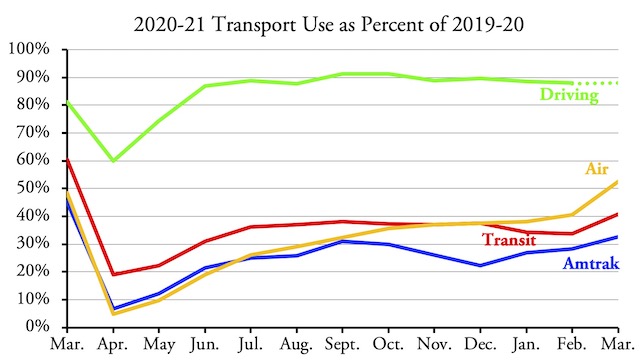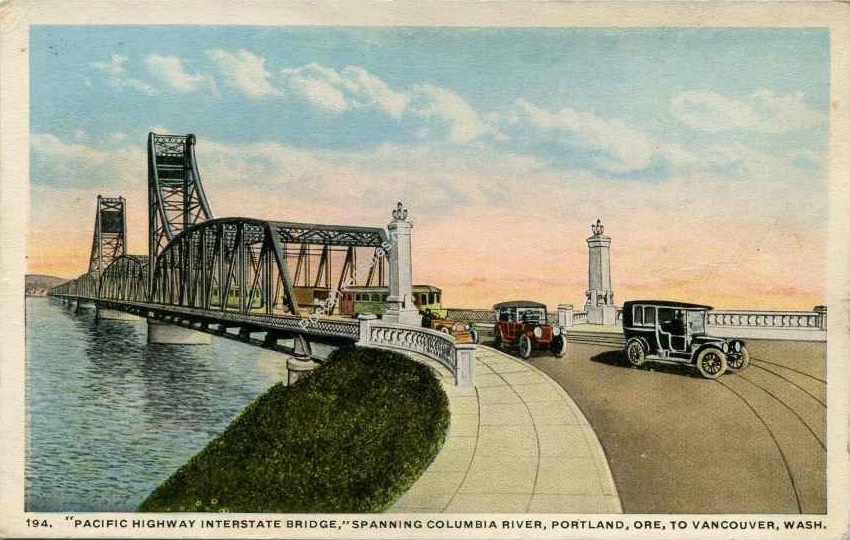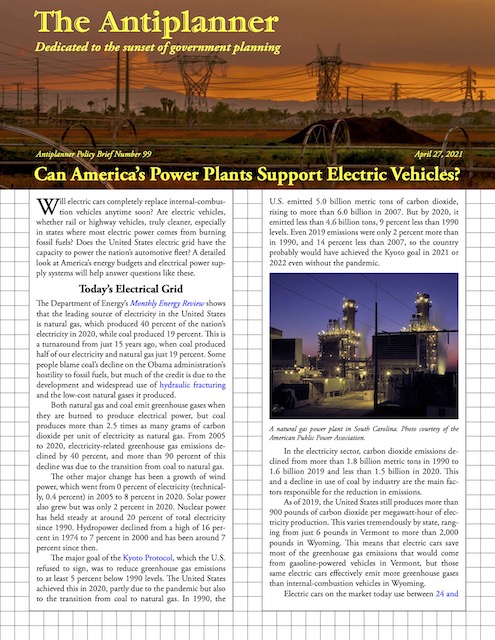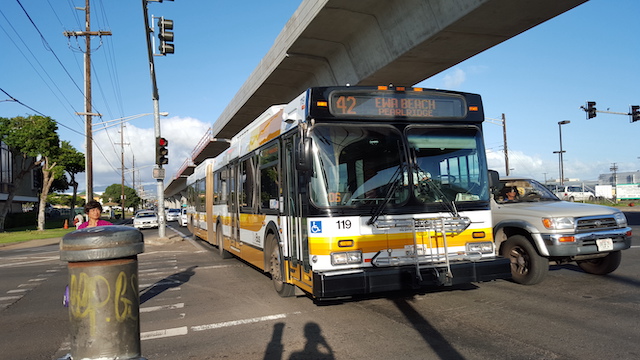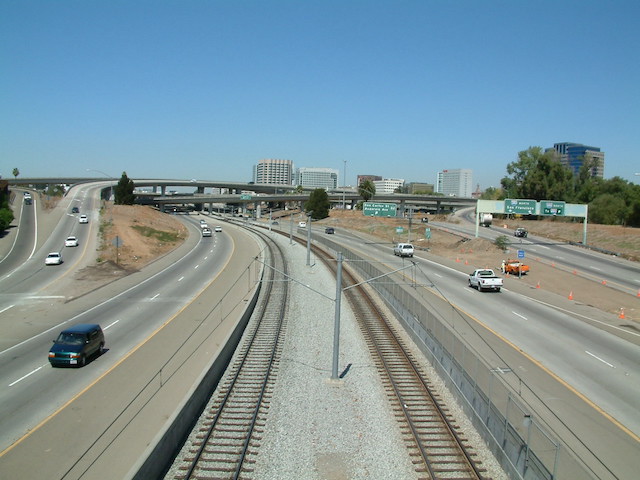In what some considered to be a backroom deal, the New Jersey Turnpike Authority agreed last month to give more than $500 million a year in toll revenues to New Jersey Transit, up from $164 million a year in the previous five years. The decision was a surprise to the public, as it was made with no preliminary discussion under an agenda item innocuously listed as “State Public Transportation Projects Funding Agreement.”
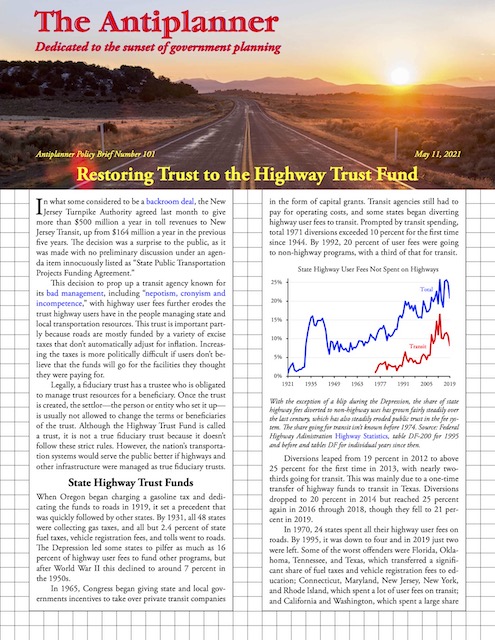 Click image to download a four-page PDF of this policy brief.
Click image to download a four-page PDF of this policy brief.
This decision to use highway user fees to prop up a transit agency known for its bad management, including “nepotism, cronyism and incompetence,” further erodes the trust highway users have in the people managing state and local transportation resources. This trust is important partly because roads are mostly funded by a variety of excise taxes that don’t automatically adjust for inflation. Increasing the taxes is more politically difficult if users don’t believe that the funds will go for the facilities they thought they were paying for. Continue reading

